
How to Achieve Product-Market Fit with Customer Feedback
Product-market fit is a key determinant of success, not just for fragile startups but also for multinational companies.
Remember the Coca-Cola fiasco from 1985?
Coca-Cola had been losing market share to competitors for a few years, primarily to Pepsi’s sweeter product. Coca-Cola introduced the “New Coke” in 1985 with a different formula, hoping to regain market share. The result? Public outrage. Americans weren’t fans of the new product, making New Coke a major failure.
Coca-Cola had failed to understand the market. But you can do better. Let’s discuss how you can achieve product-market fit as your product evolves with customer feedback.
What is Product-Market Fit?
Product-market fit is the degree to which a product satisfies the needs of a particular market segment.
Marc Andreessen defined product-market fit as "being in a good market with a product that can satisfy that market."
In other words, product-market fit means that a product matches a specific target market's needs, preferences, and expectations. This fit can be assessed by measuring customer satisfaction, product adoption, retention, and revenue growth.
Achieving product-market fit often requires extensive research, testing, and iteration. It may involve pivoting the product or target market based on customer feedback or market research. Ultimately, product-market fit is about creating a product that solves a real problem for a specific group of customers compellingly and competitively.
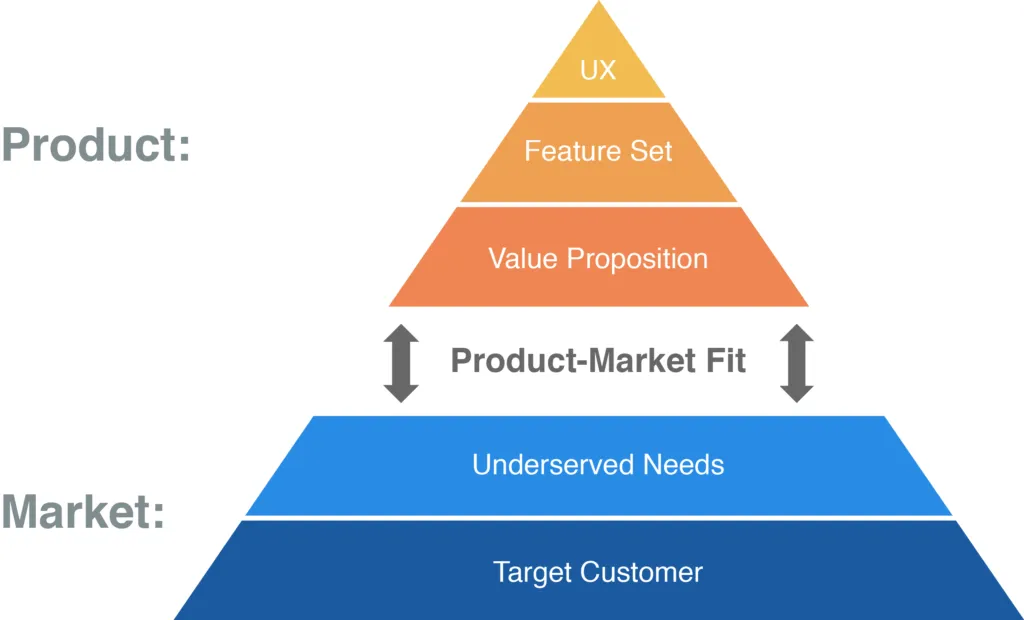
How to Achieve and Maintain Product-Market Fit?
Here are some steps to help you achieve product-market fit:
Identify Target Audience
Don’t build for everyone. Identify the group of users you’re specifically building your product for so you can tailor it to their needs.
Creating an ideal customer profile (ICP), a framework coined by Gartner based on market research, is a good starting point. Start by conducting market research to understand your target customer deeply and the problems they are trying to solve. This research can be done through surveys, focus groups, and customer interviews.
Let’s look at Netflix as an example of a company that identified changing customer personas and grabbed an opportunity to offer a more convenient alternative to Blockbuster's brick-and-mortar stores to become successful.
Blockbuster could have bought Netflix for $50 Million, but the CEO thought it was a joke. Eventually, Blockbuster could not keep up with the changing market and declared bankruptcy, while Netflix continued to grow and evolve. Netflix's global revenue amounted to $30 billion in 2021, up from around $1.7 billion a decade ago.
Netflix was able to differentiate itself from Blockbuster by understanding market trends, collecting and analyzing customer feedback, targeting market segmentation, and changing ideal customer personas. Netflix made it easy for customers to rent movies by eliminating the need to visit a physical store. Customers could simply order movies online and have them delivered to their doorstep.
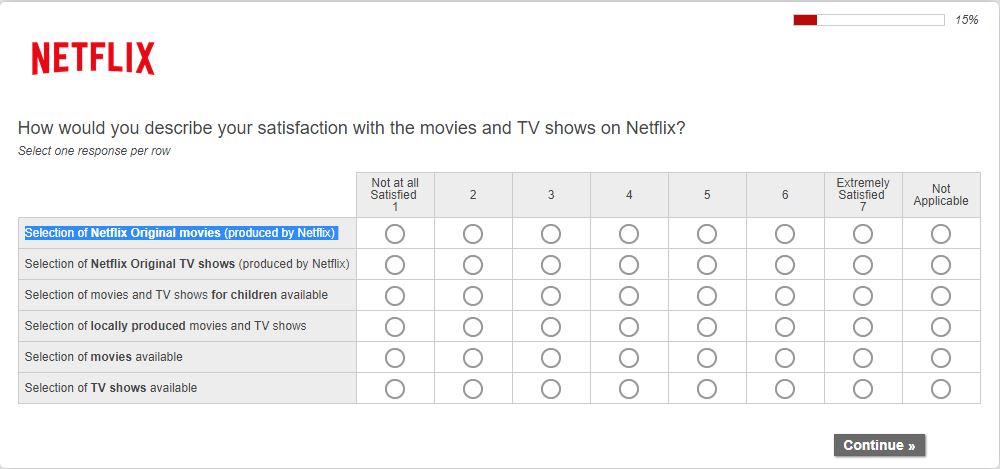
Customers already understand the product, and the competition mostly concerns changing trends, user experience, and pricing. By understanding your target audience's needs and pain points with customer feedback questions, you can create a tailored experience to reach your goals.
Moreover, understanding the target audience helps businesses build better marketing campaigns and drive sales for their product. With this knowledge, businesses can tailor their messaging to appeal to ideal personas and increase the chances of achieving product-market fit.
Define Your Value Proposition
A value proposition defines the unique value that your product or service provides to customers and allows you to differentiate yourself from competitors. It is also essential for setting customer expectations and understanding their needs.
Clearly define your product vision and what makes your product unique in the market. This vision should align with the needs and wants of your target customer.
Your value proposition helps identify what makes your product stand out from the competition and understand how it will add value to customers’ lives. This will help you create a successful product-market fit by ensuring that your product meets customer needs and expectations.
When creating a product, try to answer the question: What’s that one feature that differentiates you from competitors? Answering this question helps you lay the foundation. Let’s look at Apple’s value proposition as an example.
Apple’s value proposition: The experience is the product.
Apple offers value in multiple ways. It manufactures sleek mobile devices, laptops, and other devices with best-in-class technology. But that’s not what differentiates Apple. It’s the experience of using a premium device that combines best-in-class tech with simplicity. That’s the value proposition that makes Apple stand out.
According to Forbes, listening to customers isn’t something Apple does once a year or a quarter, and it shows. Apple collects feedback in various ways, such as product feedback, website feedback, and support tickets.
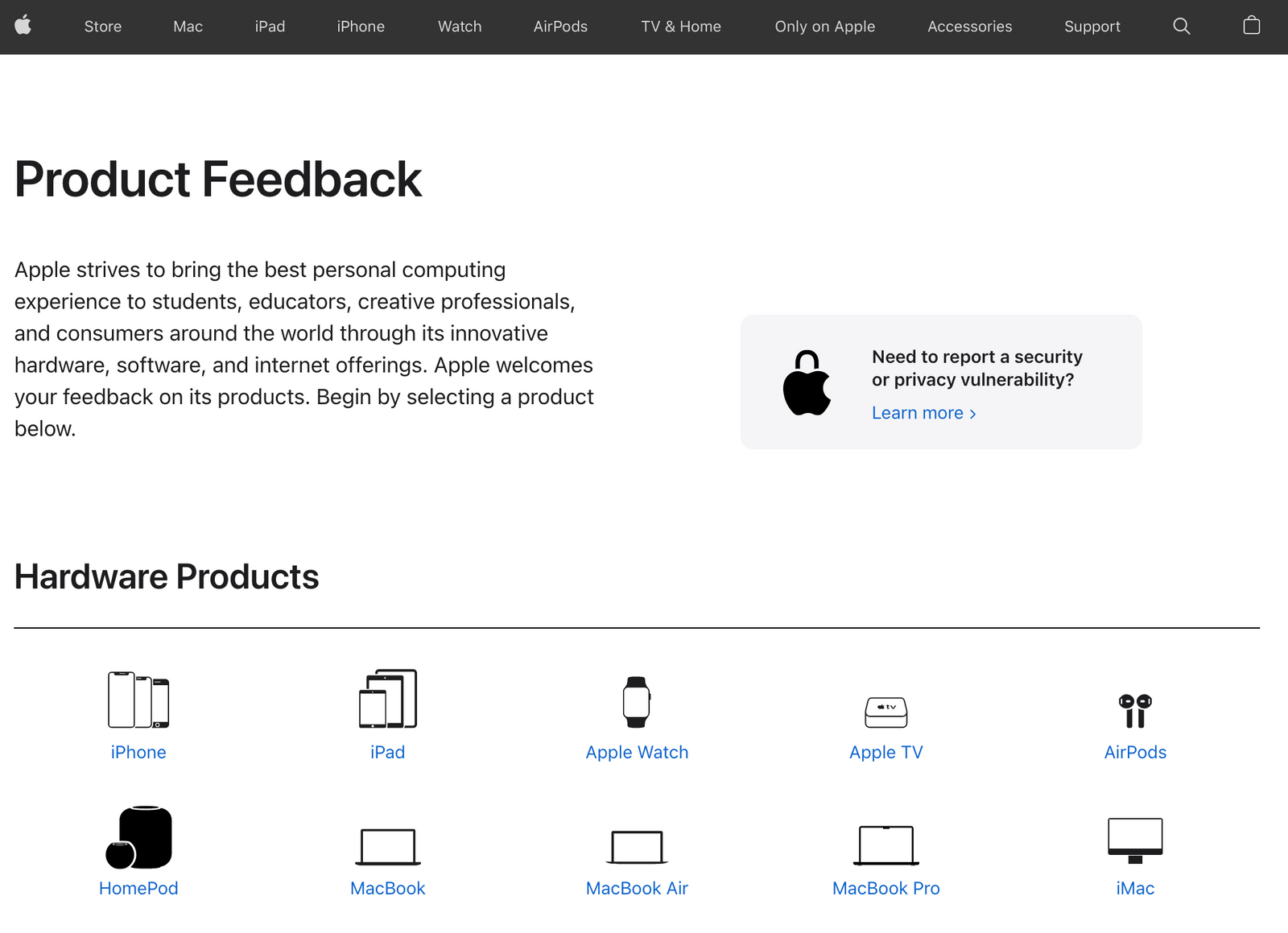
Build a Minimum Viable Product
Once you’ve identified a target audience and value proposition, start with a minimum viable product (MVP) that addresses the most pressing needs of your target customer. A concept by Eric Ries mentioned in his Lean Startup Playbook, an MVP helps validate your value proposition and product idea and get feedback from real customers.
Here are some steps you can take to build an MVP:
- Identify the core features: Identify the core features necessary for your product to be useful to your target audience. Focus on the features that solve your customers' most critical pain points and say no to other feature requests.
- Develop a prototype: Develop a basic prototype demonstrating how your product will work. Create a simple mockup to illustrate the key features of your MVP.
- Test your MVP: Test your MVP with a small group of customers to gather feedback and validate your assumptions. Use this feedback to refine your MVP and identify what features customers want and don’t want and what they are willing to pay for.
- Iterate and refine: Use your feedback to iterate and refine your MVP. The MVP allows you to prioritize features and quickly iterate based on user feedback instead of adding features your target audience doesn’t care for.
- Measure success: Define success metrics for your MVP and track your progress over time. By doing this, businesses can ensure they create a product with a better chance of achieving product-market fit.
An important thing to remember is that your product needs to get to market fast. Many founders spend years trying to create a perfect MVP. But you need to remember the product only needs to be viable for the first release — it’s not the end of your product’s evolution.
Facebook is an excellent example of how taking a “failing fast” approach works in your favor. In an interview with Business Insider, Mark Zuckerberg revealed that he built Facebook’s first version in two weeks. It was launched with minimum functionality to identify market demand and product-market fit.
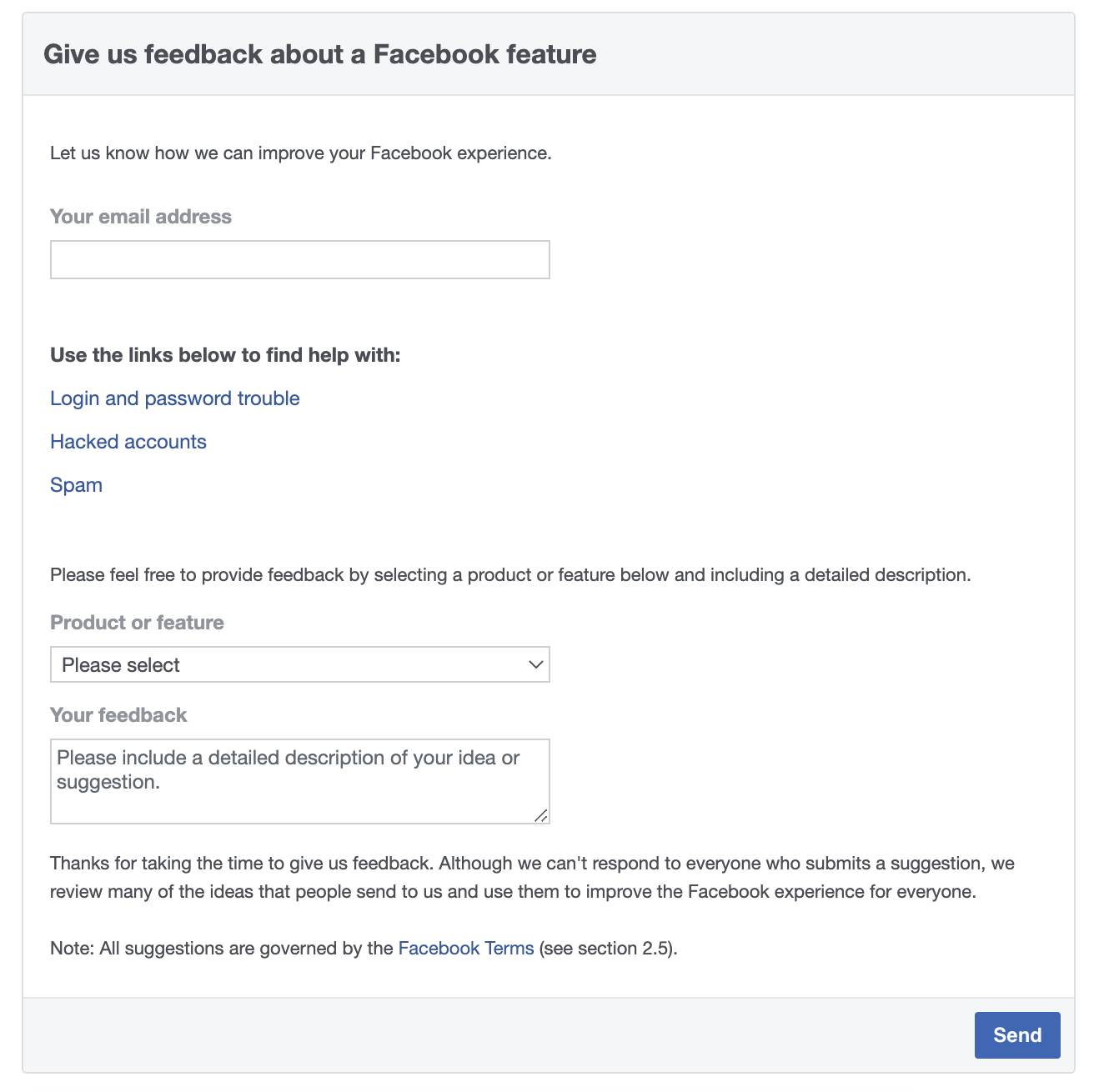
Gather Customer Feedback
Lean on your initial group of customers for feedback. They’re the ones that will help you carve your product to near perfection and make it market-ready. Gathering customer feedback help identify potential opportunities to expand product reach and increase business market share.
While initial feedback is critical to success, feedback is an ongoing process for evolving your product in the right direction — even large companies use customer feedback to their advantage.
Here are some steps you can take to gather customer feedback:
Create a feedback loop: Establish a process for collecting and analyzing customer feedback. This includes feedback portals, regular surveys, customer interviews, or website feedback forms.
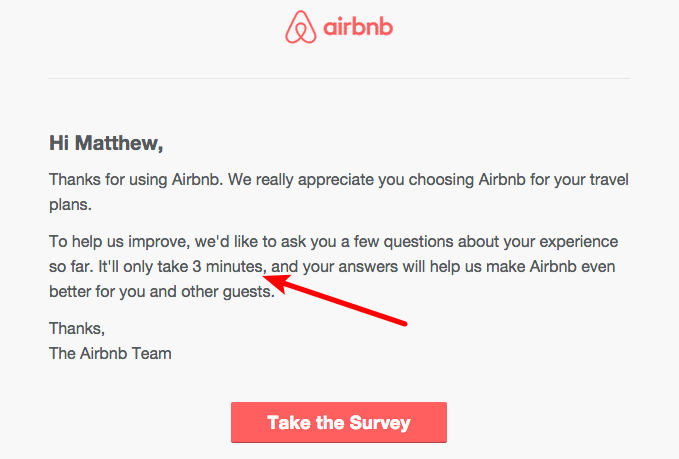
Be open to feedback: Encourage customers to provide feedback and make it easy for them to do so. Respond promptly and take feedback seriously, even if it is negative. Let your customers drive your product’s feature set. Keep an eye on their concerns and the features they’re asking for.
Use multiple channels: Use multiple channels to gather feedback, such as feedback forums, social media, slack channels, or customer support and intercom channels. This can help you reach a broader range of customers and get a more comprehensive view of their feedback.

Ask the right questions: When collecting feedback, ask open-ended questions that allow customers to provide detailed and honest feedback. Businesses can make informed decisions to increase sales and profits by asking the right feedback questions.
Analyze and act on feedback: Analyze the feedback you receive to inform product development and marketing strategies. Prioritize areas for improvement and develop action plans to address them. Map your customer’s journey from the problem that inspires discovery to product onboarding.
Continuously gather feedback: Regularly gather customer feedback with feedback tools, surveys, in-app widgets, customer support interactions, and face-to-face meetings. This feedback will be critical in refining and improving your product.

Slack became one of the fastest-growing enterprises in Silicon Valley, an excellent example of companies achieving product-market fit with customer feedback.
When Slack was launched in 2013, people didn’t know much about what it did except for messaging. The team knew the product was unique, and it might take customers some getting used to. They close the feedback loop to improve customer delight and develop the product faster.
Slack requested 6 to 10 customer companies to beta test the features and functionality of the tool. They began to test the product with progressively larger teams while implementing feedback collected via NPS surveys and in-app feedback widgets.
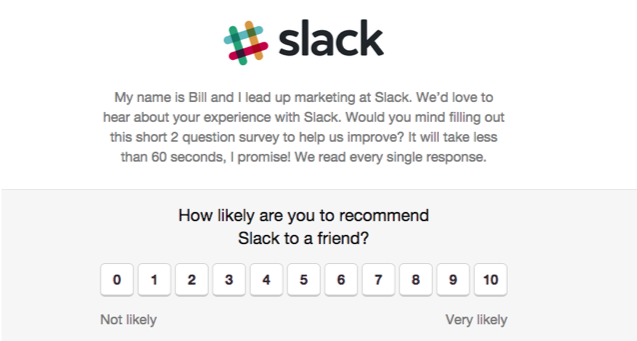
To this date, Slack constantly communicates product updates with customers. This assures users they're continually iterating and improving the product while listening to their suggestions.
Iterate and Improve
Continuously improve your product based on customer feedback. Be willing to pivot and make changes if the feedback indicates your product is not resonating with your target market.
Test your improvements with a small group of beta users and gather feedback. Iterate the changes based on the feedback, and continue to test and iterate until you have a product that meets the needs and preferences of your target audience.
Iterating and improving a product can be done through customer feedback, market research, competitor analysis, and data-driven insights. This helps businesses identify areas to improve and resonate with their target audience.
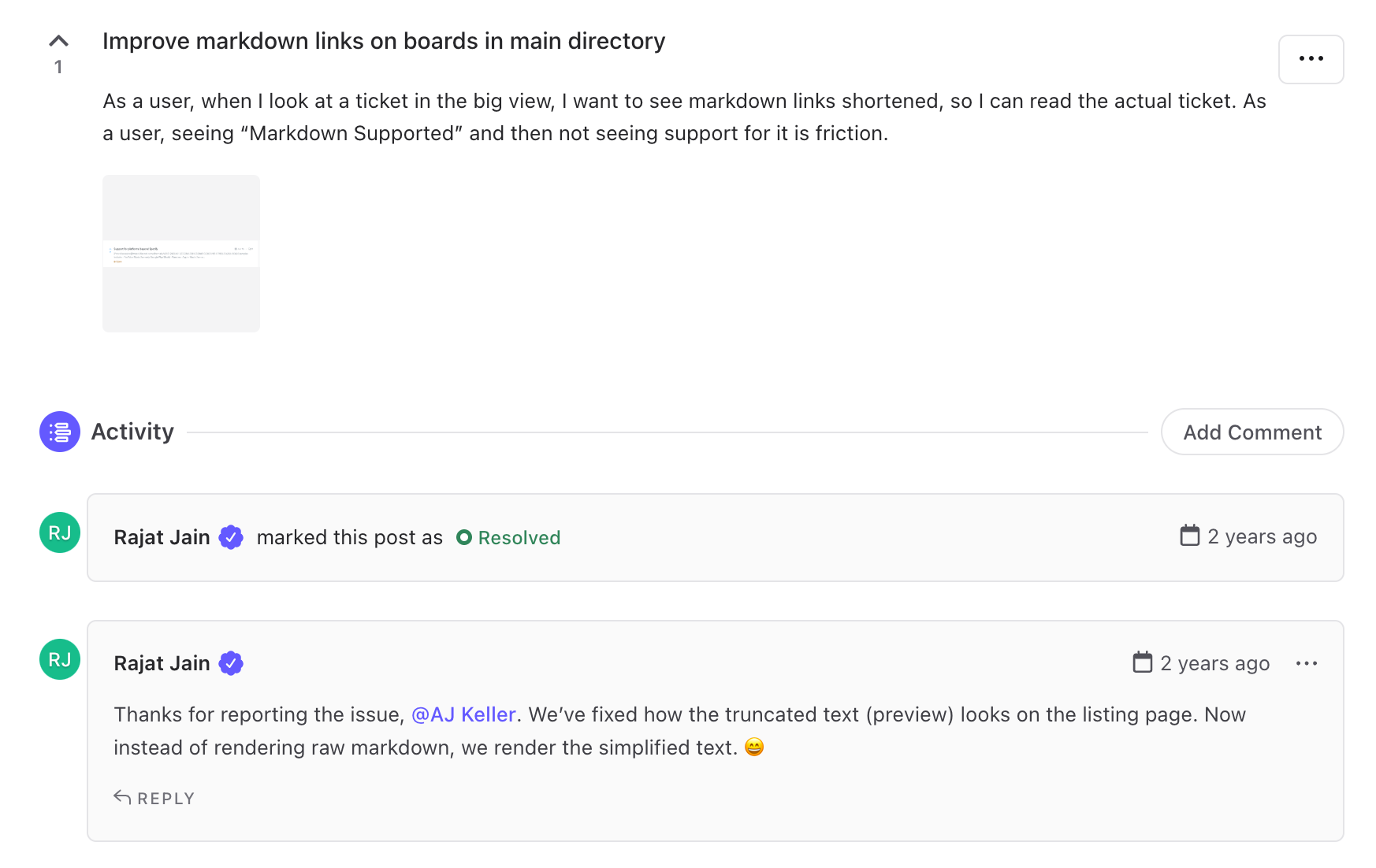
Iteration is also important for staying ahead of competitors in an ever-evolving market. By regularly testing new ideas, businesses can stay ahead of the curve by continuously innovating their products to meet changing customer needs.
Iteration is critical to achieving product market fit in today's competitive landscape. Also, showcase your progress with a product roadmap and close the customer feedback loop by updating users with recent changes to make them feel heard and involved with a changelog.
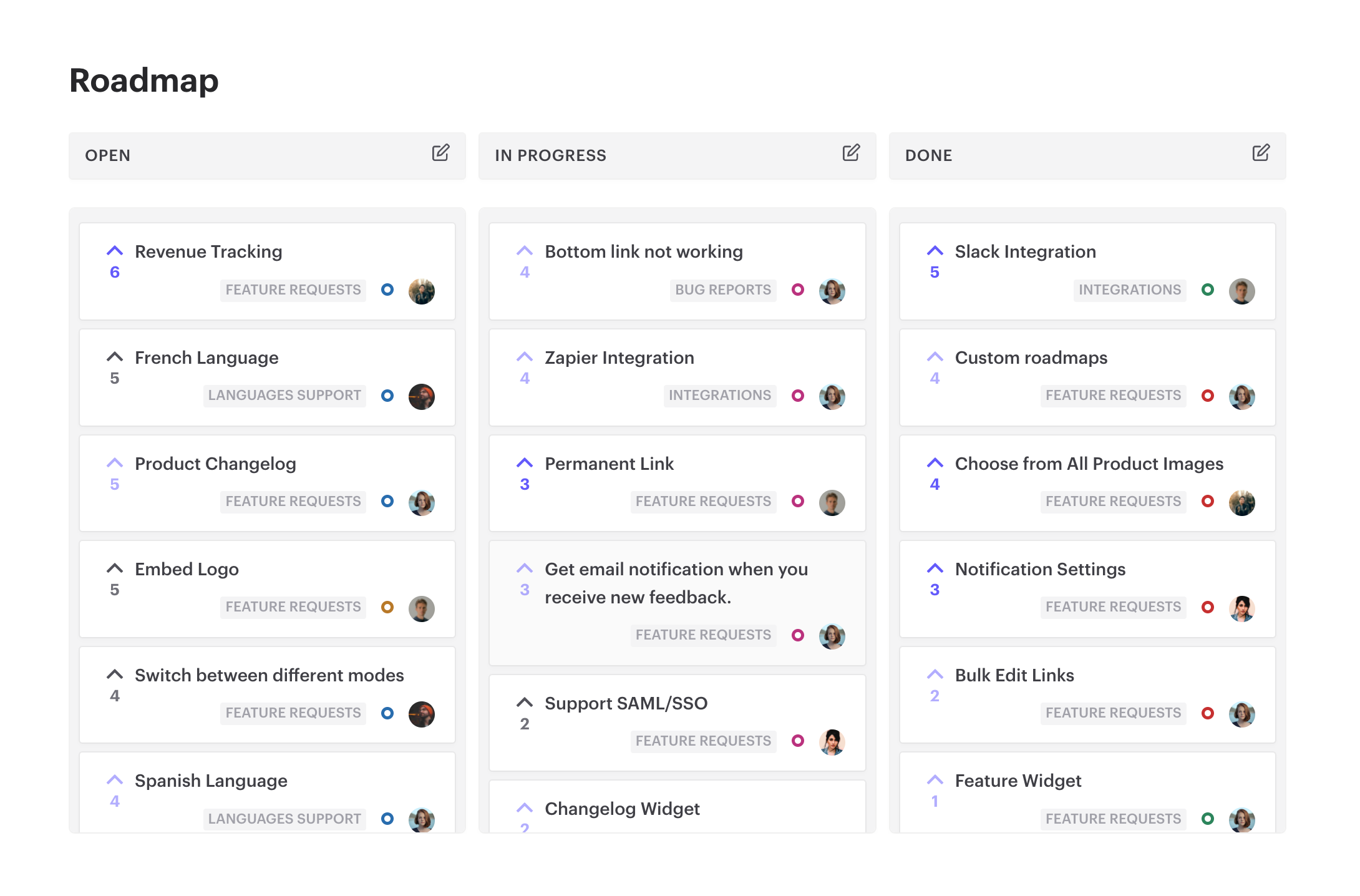
Measure and Track Key Metrics
Measure and track key metrics such as customer satisfaction, user engagement, and product usage to assess your product's impact and identify improvement areas.
By focusing on the metrics that matter most, businesses can prioritize their efforts and resources toward the initiatives that are most likely to lead to product-market fit. But what exactly should you measure to verify your product is evolving in the right direction?
SaaS companies use the AARRR Pirate Metric Framework to measure product-market success. The framework includes five components:
- Acquisition: How effectively are you bringing prospects to your website or app? (Measured using website traffic or app store visits)
- Activation: How many of these prospects are trying your product? (Measured using trial sign-ups and leads from contact forms)
- Retention: How many users return to the product after its first use? (Measured using feature usage, email open rate, and multiple log-ins)
- Referral: How many users recommend your product to others? (Measured using referrals and NPS)
- Revenue: How many free users are converting into paid users? (Measured using ARR, MRR, and CLV)
Measuring each component with relevant customer satisfaction metrics gives valuable information about your SaaS product-market fit.

A high Net Promoter Score (NPS) suggests your users are happy with the product and recommend your product to friends and family. However, if your MRR is still low, it might indicate that insufficient users are converting to a paid subscription. Customer Retention is the best indicator of product-market fit. When users sign up for a free trial and keep using it, you know they like the product.
Tesla has a staggering NPS score of 96, given its CEO Elon Musk believes in closing the feedback loop and maintaining customer relationships from start to finish. They make the changes in response to what customers tell them about their driving experiences and update them with new release announcements.

Build a Strong Customer Base
To achieve product-market fit, building a strong customer base is essential. This means identifying and attracting the right segment of customers interested in your product and finding ways to keep them engaged and satisfied with your offering.
When you’ve nailed down the value proposition and feature set, you must communicate these to your ICP. Focus on building a strong and loyal customer base by delivering a high-quality product and providing exceptional customer support. This will help you grow and scale your business over time.
Here are some steps you can take to build a strong customer base:
- Define your target audience: The first step is identifying your ideal customer. Once you have a clear picture of your target audience, you can tailor your marketing efforts to reach them more effectively.
- Develop a customer-centric product: It is essential to create a product that meets the needs and expectations of your target audience. Conduct market research, and listen to internal team feedback and users to refine your product accordingly.
- Build a strong brand: Your brand identity should resonate with your target audience and differentiate your product from the competition. Develop a strong brand message and visual identity that appeals to your ideal customer.
- Leverage social media: Social media can be a powerful tool for reaching and engaging your target audience. Develop a social media strategy that aligns with your brand message and use it to connect with potential customers and build relationships with existing ones.
- Provide excellent customer service: A positive customer experience is essential to building a strong customer base. Respond promptly to customer inquiries and complaints to avoid one of the top mistakes companies make.
- Offer incentives: Encourage customers to stay engaged with your product by offering discounts, loyalty programs, or referral bonuses. Acc. to a report, 69% of consumers say loyalty programs influence their decision when considering a new brand.
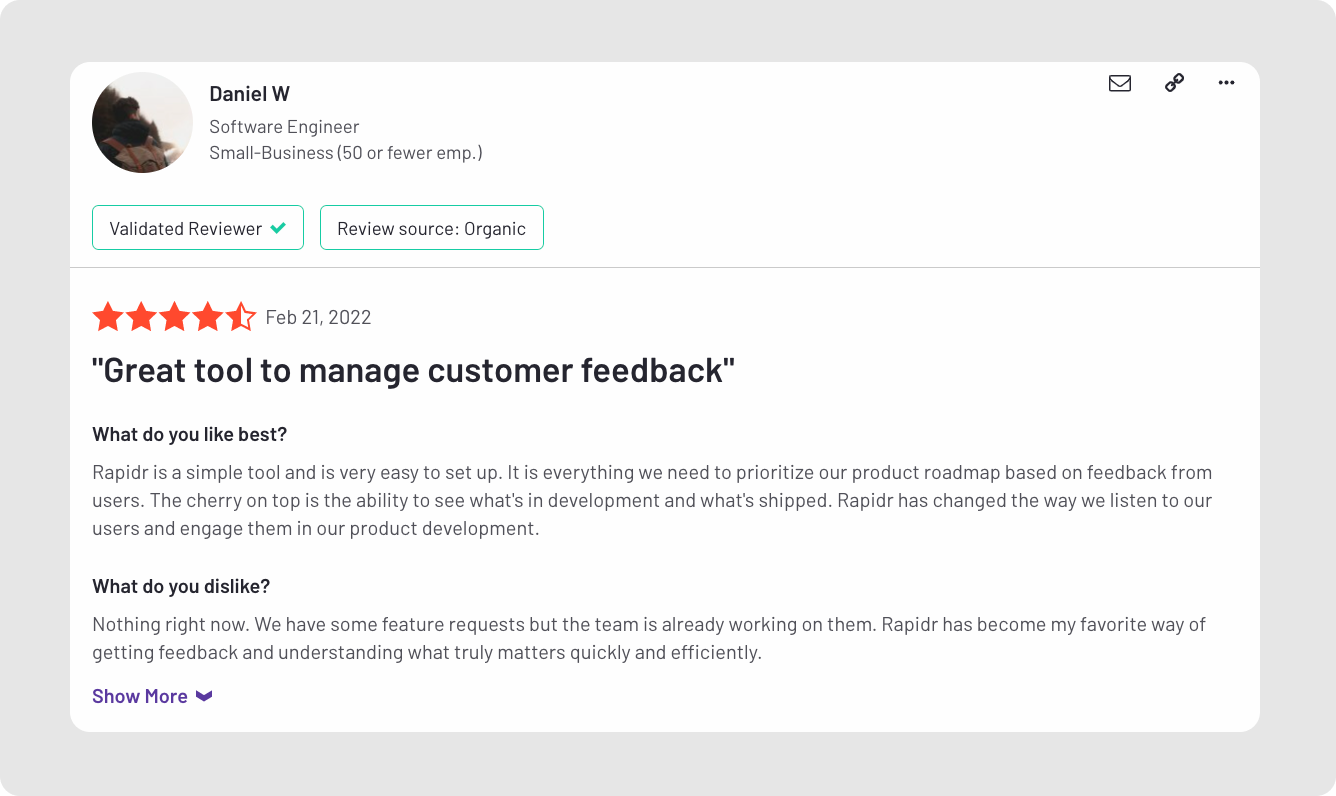
Customer Feedback is Your Silver Bullet to Finding a Product-Market Fit
Achieving product-market fit involves understanding your target customer's needs, wants, and pain points and then delivering a product that meets those needs in a compelling and differentiated way based on customer feedback.
By gathering customer feedback and using it to improve your product or service, you can increase customer satisfaction and loyalty, which is key to achieving product-market fit. Feedback tells you what’s working, what features are in demand, and what new features you need to add.
Customer feedback isn’t critical only at the beginning of your journey. It offers deep insights on a platter for as long as you run the business. But as you grow, managing feedback can become overwhelming.
While there are many customer feedback tools to help you capture, organize, and prioritize feedback, you should consider the one that enables you to uncover the insights from the feedback without jumping through hoops.
Still on edge while deciding what to use for collecting and managing user feedback? Sign up for Rapidr and get a free trial. Rapidr helps SaaS companies be more customer-centric by consolidating feedback across different apps, prioritizing requests, having a discourse with customers, and closing the feedback loop.

